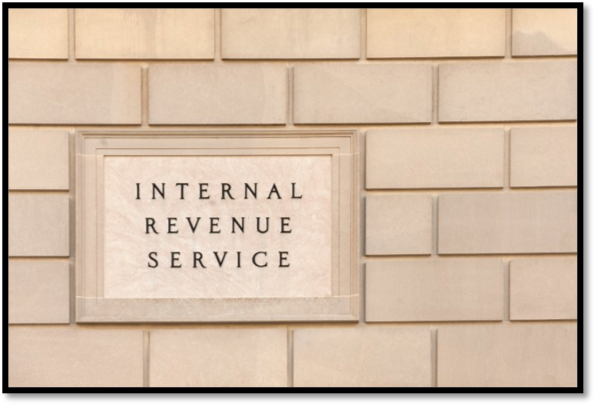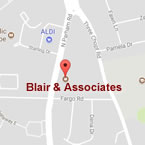IRS Direct-Pay is the Answer
July 2022

For years, American taxpayers were hamstrung when it came to choosing how to pay their federal taxes. The options boiled down to a “credit-card-like” payment … often incurring a processing fee, or a check via the U.S. Postal Service. Those choices led many taxpayers to choose the check-by-mail approach to avoid fees.
In recent multiple tax seasons two occurrences left many taxpayers frustrated. First, the incredible backlog of paper returns delayed in processing by the IRS resulted in long waits to receive refunds. Additionally, the USPS proved to be less than reliable in the timeliness, and often the certainty, of mail delivery … including checks sent to the IRS. Often, taxpayers who paid on time by check received overdue notices from the agency reporting payments due were not received.
OK, so what’s the solution? For individual taxpayers, the IRS answer is Direct-Pay. Here’s a rundown on the key provisions and the peace of mind this method of fulfilling your tax filings delivers.
Direct-Pay is a free IRS service that lets you make tax payments online directly to the IRS from your bank checking or savings account. You may use this secure service to pay your taxes for Form 1040 series, estimated taxes or other associated forms.
No registration is required, no fees are charged by the IRS and you enjoy the added convenience to schedule payments up to a year in advance. You can easily keep track of your payment by signing up for email notifications each time you use IRS Direct Pay. Your email notification will include the confirmation number issued to you for each payment transaction.
Refreshingly, Direct-Pay is easy to use.
Login to the main Direct Pay page. Click on the ![]() button;
button;
• Select the reason for your payment;
• Choose how it is to be applied; and
• Select the correct tax year for the payment to be applied.
• Important! If a spouse is completing the transaction, be sure to use the primary taxpayer’s Social Security Number … not the spouse’s.
• Note your payment confirmation number to facilitate looking up payment history.
That’s it … couldn’t be easier!
Note: Direct-Pay is not available to have your tax refund direct-deposited to your bank account.

The Commonwealth of Virginia offers online payment options as well. You may choose to pay by one or another of these 4 options:
• Directly from your bank account (direct debit)
• ACH credit initiated from your bank account
• Credit or debit card (incurs fees)
• Check or money order (Note: See below for new online payment requirements.)
New Electronic Payment Requirement for Some Virginia Individual Income Taxpayers
A recent legislative change requires taxpayers to submit all of their income tax payments electronically if:
• Any estimated tax payment exceeds $1,500; or
• Any extension payment exceeds $1,500; or
• The total anticipated income tax liability in any taxable year exceeds $6,000.
Individual taxpayers should start making all their payments electronically if any of the above conditions apply to them. This includes all payments for estimated taxes, extension payments, and any other amounts due when a taxpayer files a return.
The Virginia Department of Taxation will send letters to taxpayers who may meet this requirement with their estimated tax payment, which is due September 15.
Visit the Virginia Tax website for more information on individual income tax payment options.
Click here if you choose to set up your individual Virginia taxpayer account.
Important Reminder: Blair + Assoc automatically files clients’ returns electronically. That relieves any concerns about IRS receipt of documents. Note: Clients are responsible for making tax payments. Blair + Assoc does not pay tax payments online for clients.

